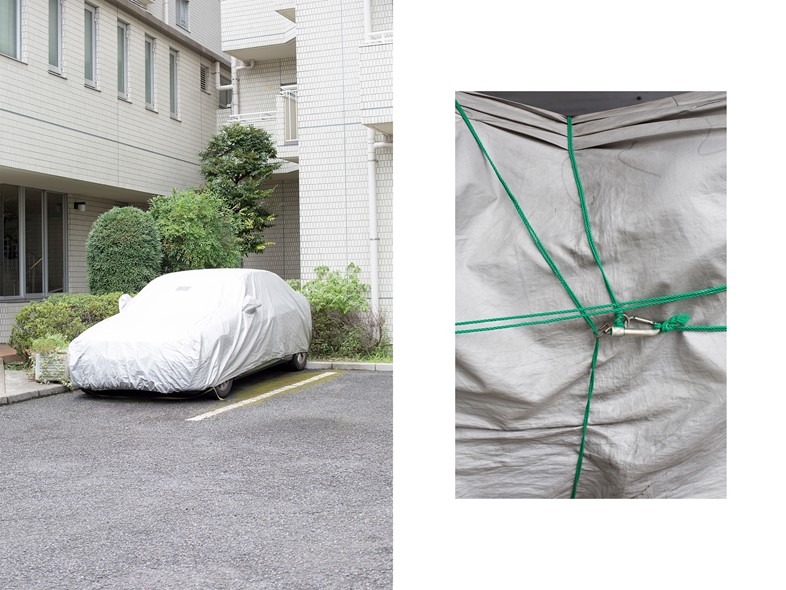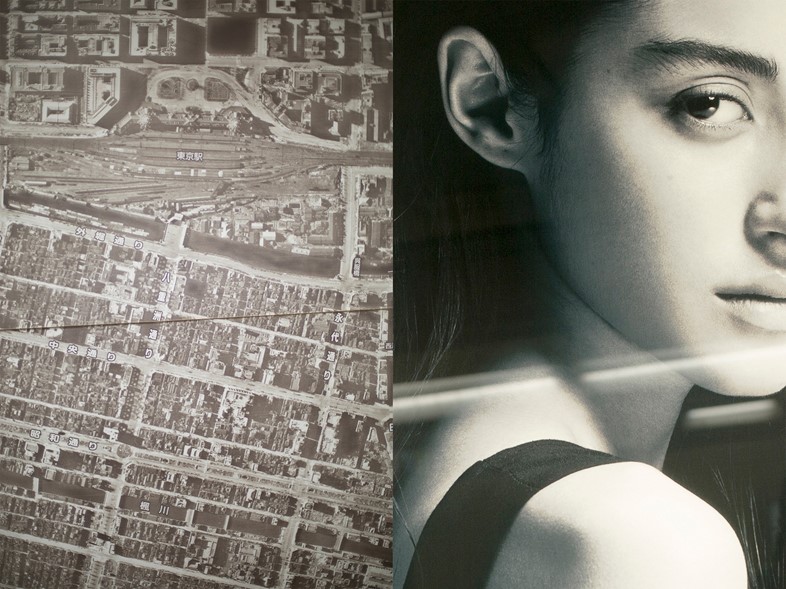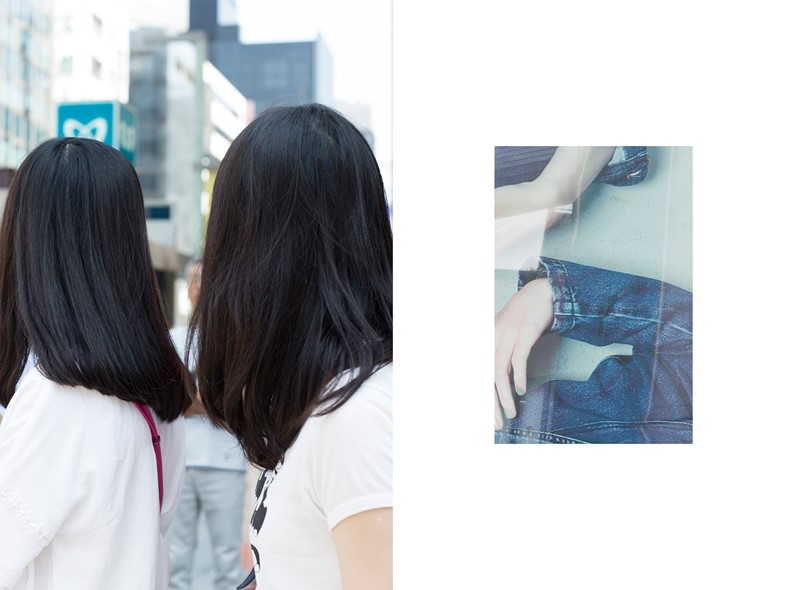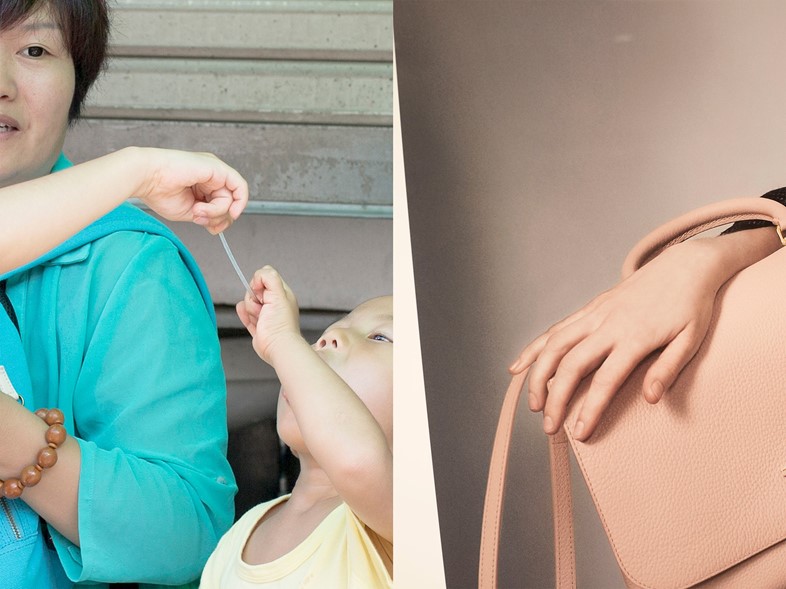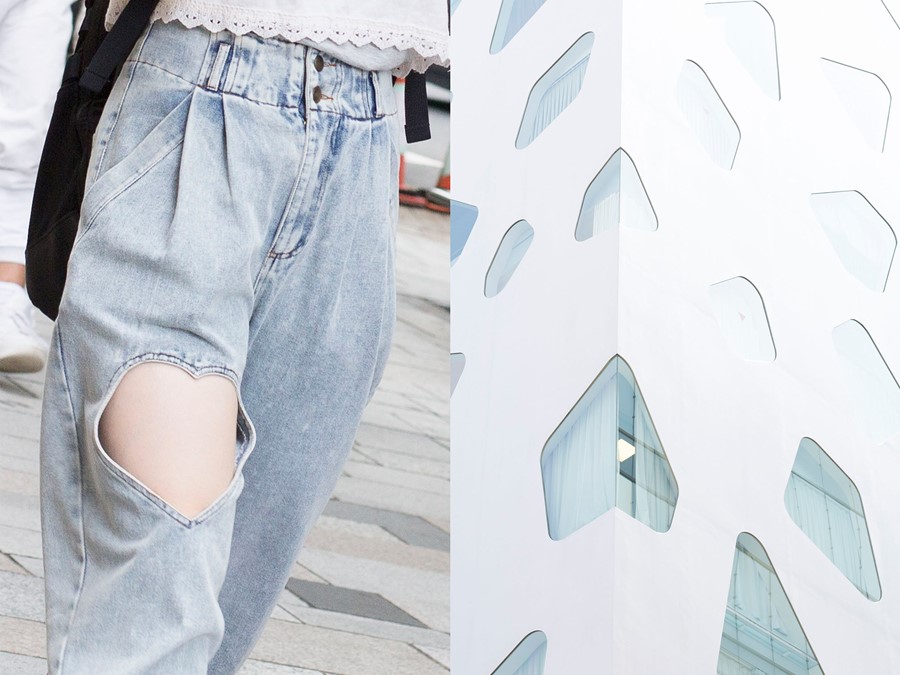Fashion photographer Martina Ferrara's singular series reconfigures the Japanese capital into a collection of captivating crops
Effervescent; relentless; frenetic; smart: the adjectives employed by journalists, novelists and holidaymakers alike to describe the experience of walking around the city of Tokyo are in themselves somewhat frantic, full of extra syllables and difficult assonant twangs. But with a population of 13.5 million, a skyline bustling with vertiginous skyscrapers and a cultural history so rich that not even the most dedicated of scholars could do it justice, it seems appropriate that the vocabulary required to describe the city be as complex as the streets themselves.
Fortunately, photography provides a simpler solution, as photographer Martina Ferrara discovered over the course of a trip to the Japanese capital last summer. “My pictures are very clean and graphic,” she explains. “When I shoot, I am looking at the essential, removing everything that I don’t need to seek the perfect equilibrium between the shapes.” Walking around the busy city with camera in-hand, this minimalist approach forged captivating results. Ferrara captured tiny glimpses of human tenderness, which she then cropped in tightly and juxtaposed with the soft leather of a luxury handbag, or the overbearing glare of a nearby advert. From this process, Tokyo Crop was born, painting a portrait of the city through a carefully curated selection of fragments. “The city was full of advertisement billboards, posters, writings, pictures,” she explains. “The idea of the crop came from the sensations that I felt as I walked through the streets. Everything is fast, and the pictures pass in front of you and then blend with each other. Through the frame, or the cut, I can give a new vision.”
In fact, as a photographer all Ferrara could hope to create was a sense of the city, she says – its many facets being simply too overwhelming to pin down in their entirety. “Tokyo is only evoked, it is never totally recognised,” she adds. “The people are not really there, they’re only faces, gestures, details.” Her adopted format, however, provided her with the tools necessary to reconfigure her time there. “By editing two photographs together in a diptych, I was looking for the right kind of harmony. Sometimes the pictures are similar in colour, or shape, or in their contents. There’s always a connection, or a contrast – a fusion between reality and representation. I like the idea of what is real and what is not.” As for Tokyo itself? “What impressed me the most are the Japanese people and their courtesy,” she says. Once she’d adapted to it, Ferrara fell for its charm.
